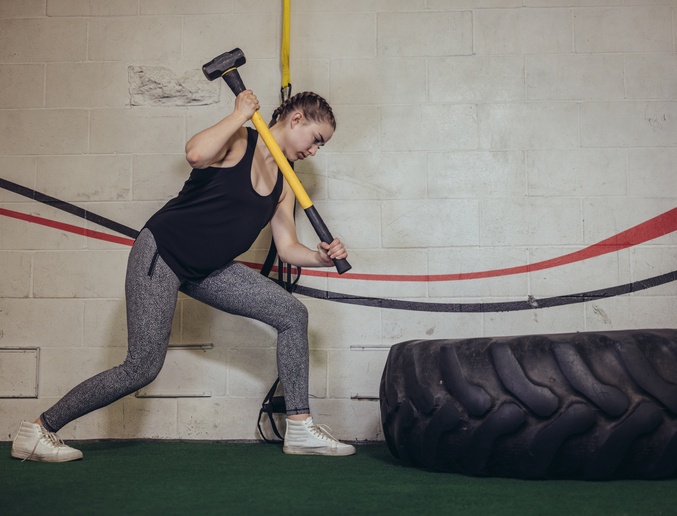 Greetings NIFS friends! Hopefully your New Year’s resolutions are keeping you more active at the gym and less active at the buffet line. All joking aside, getting back to the gym can be challenging, especially if you are not sure what to do when you get there or if you are burnt out on cookie-cutter workouts that are barely working anymore. With that being said, introducing new equipment, ideas, and strategies can be a daunting task. Don’t let that get you down, though, because we are here to rescue your workout!
Greetings NIFS friends! Hopefully your New Year’s resolutions are keeping you more active at the gym and less active at the buffet line. All joking aside, getting back to the gym can be challenging, especially if you are not sure what to do when you get there or if you are burnt out on cookie-cutter workouts that are barely working anymore. With that being said, introducing new equipment, ideas, and strategies can be a daunting task. Don’t let that get you down, though, because we are here to rescue your workout!
Breathing life into your workout can have numerous benefits. Sometimes the benefits allow us to break through plateaus, keep us interested in what we are doing (refocusing our goals), and give us variety (aka “the spice”). Highlighted in this blog are three pieces of equipment that may be overlooked by the simple reason that we just don’t know what it is or what it can do for our body. Without a doubt, just trying these exercises will not only be challenging, but also effective as you strive to reach your fitness goals.
Tire and Sledgehammer Workouts
The tire and sledgehammer workout was derived out of simplicity, necessity, and function. There are two main exercises to consider here, tire flips and sledgehammer strikes. With an optional smaller tire, one does not have to possess the strength of Paul Bunyan to complete this task (but there are bonus points if you do). To flip the tire, first squat low and get your fingers under the edge of the tire. As you stand up, use your legs and drive your body into the tire, leveraging it up on its end. The tire should tip over easily and come to rest square on the ground.
The other exercise is called sledgehammer strikes. This is not much different than chopping wood or driving a railroad spike. Because your goals may not include having the strength of a lumberjack, there are several sledgehammer weight options to choose from, ranging from 8lb to 16lb. Strike directly in the middle of the tire to avoid a glancing strike. Try this in your next workout:
5 tire flips, 20 strikes (10 each side) for 4 sets
Slideboard
The slideboard was designed as a means of training lateral movements as well as developing balance and stability in the lower body and core. If done properly, this exercise can also produce a high-intensity workout all while gliding side to side. As an application, the strength and power developed from this lateral movement translates well to the world of speed skating, where athletes are known for incredible leg strength.
Because the gliding might not feel as natural to everyone, there are other exercises to consider, including Slideboard Hamstring Curls and Slideboard Mountain Climbers. For both exercises, you will need to use the booties to decrease friction (otherwise, the exercises won’t work). For Hamstring Curls, position your body toward the end of the board, with your knees bent and heels on the slick part of the board. Keeping your back flat and head down, raise your hips fully. Finally, extend your legs and return to the starting position. For beginners, this can be done with one leg at a time.
The other exercise, Mountain Climbers, is done by positioning the body at the end of the slide board in an “all-fours” position. With your toes on the slick part of the board, rise up so that your knees are off the ground. At a quick tempo, slide your legs inward, being sure to alternate legs. Additional pushups can add some variety to this movement. Try this in your next workout:
12 Hamstring Curls, 30 seconds of Mountain Climbers x 4 sets
Slosh Pipes
One thing to consider when making workouts: most of the good equipment and exercises have already been invented. The slosh pipe, a unique, homemade piece of equipment, is both odd and beautiful at the same time. It allows us to think and work so far out of the box that everyone can benefit in some way from using it. Basically, a slosh pipe is a PVC tube (3 or 4 inches in diameter and anywhere from 40 to 96 inches long) filled halfway with water and sealed on both ends. The water is meant to slosh around inside the pipe, hence the name Slosh Pipe.
Thinking outside the box, the pipes can be used to develop strength as well as core, balance, and stability. Two exercises to try here include the half-kneeling overhead hold and the walking lunges. The first exercise, the overhead hold, is pretty self-explanatory: find a slosh pipe and hold it over your head for time. The pipe needs to be moderately heavy, but if there is a question about safety, always have a spotter on overhead lifts such as this one. As you hold that weight overhead from a half-kneeling position (one knee up, one knee down), seconds turn into minutes. There is a constant rebalance happening with your core, as water tips one way or the other. Grip strength and overall upper-body strength are challenged as fatigue sets in. Lower the weight back to the floor with the help of a partner.
The other exercise is a walking lunge. This is accomplished by holding the slosh pipe in the crooks of your elbows and performing a walking lunge. The same effects as the overhead hold are prevalent. Try this in your next workout:
45–60-second half-kneeling Overhead Hold, 20 walking lunges x 4 sets
***
As you can see, there are several pieces of equipment at the gym that you may have overlooked. Keep looking; there are more than you think. The NIFS staff of Certified Fitness Professionals strives to give you not only a good workout, but also to introduce you to new exercises and cutting-edge equipment. If you want a new routine to save your resolution from disaster, contact NIFS’ Fitness Rescue to set up a strategy session, testing, and workout.
This blog was written by Thomas Livengood, Health Fitness Instructor and Personal Trainer. To read more about the NIFS bloggers, click here.


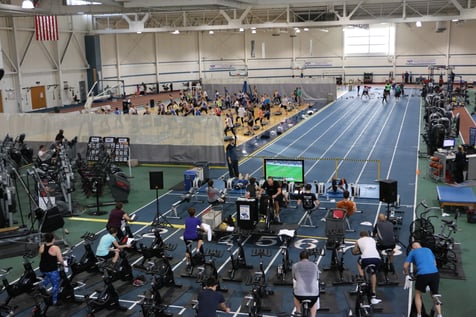 I have been in a gym environment of some kind for the majority of my life, first as a student athlete through adulthood and now as my profession. There really hasn’t been a time in my life when I haven’t been a part of the gym culture. There is a reason for that: I LOVE IT! I love to move, push myself beyond perceived limits, see successes, be around likeminded people, and witness amazing transformations and feats of strength. There is nothing like it, and I have done a great deal of growing up in a gym, and now it is my livelihood, literally.
I have been in a gym environment of some kind for the majority of my life, first as a student athlete through adulthood and now as my profession. There really hasn’t been a time in my life when I haven’t been a part of the gym culture. There is a reason for that: I LOVE IT! I love to move, push myself beyond perceived limits, see successes, be around likeminded people, and witness amazing transformations and feats of strength. There is nothing like it, and I have done a great deal of growing up in a gym, and now it is my livelihood, literally. Our Group Fitness Class of the Month is going to PUMP (*insert handclap) you up!
Our Group Fitness Class of the Month is going to PUMP (*insert handclap) you up! 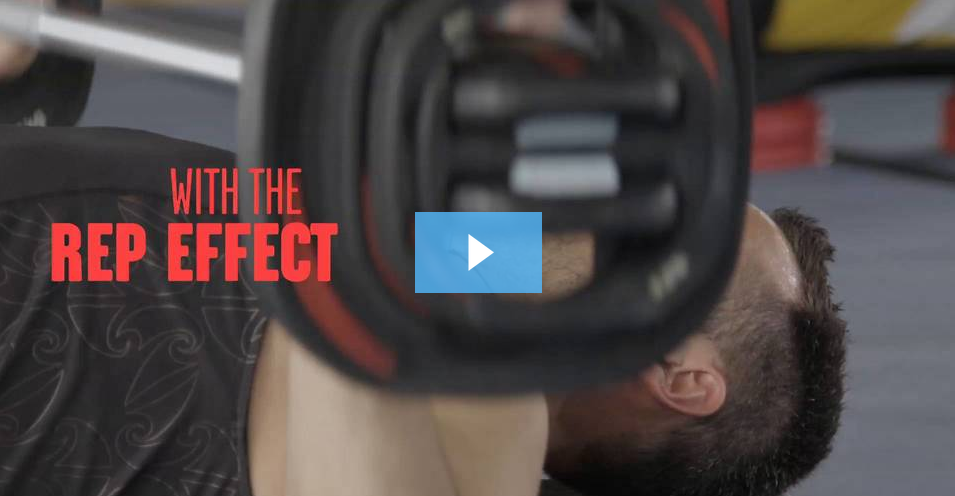

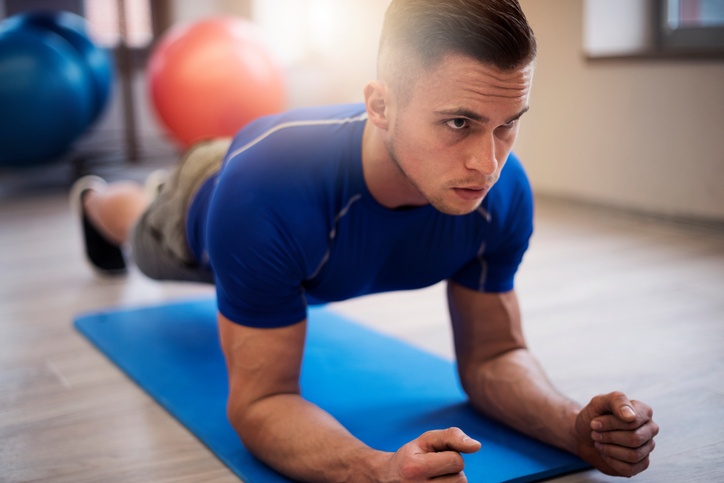 Some of the number-one fitness goals are to strengthen the core, lose belly fat, and get six-pack abs. These are all pretty good goals that can be addressed by a fitness professional and a dietitian, but everyone might not have that luxury. From a traditional perspective, we have mainly used a few ab exercises such as crunches, sit-ups, and variations of them. For the most part, these are better than the alternative—nothing at all.
Some of the number-one fitness goals are to strengthen the core, lose belly fat, and get six-pack abs. These are all pretty good goals that can be addressed by a fitness professional and a dietitian, but everyone might not have that luxury. From a traditional perspective, we have mainly used a few ab exercises such as crunches, sit-ups, and variations of them. For the most part, these are better than the alternative—nothing at all. Anti-rotational holds: Using either a cable machine or bands, stand perpendicular to the anchor point while holding your handle directly in front of your midpoint. To increase the intensity, I suggest introducing a kneeling or half-kneeling position, making the core work even harder.
Anti-rotational holds: Using either a cable machine or bands, stand perpendicular to the anchor point while holding your handle directly in front of your midpoint. To increase the intensity, I suggest introducing a kneeling or half-kneeling position, making the core work even harder.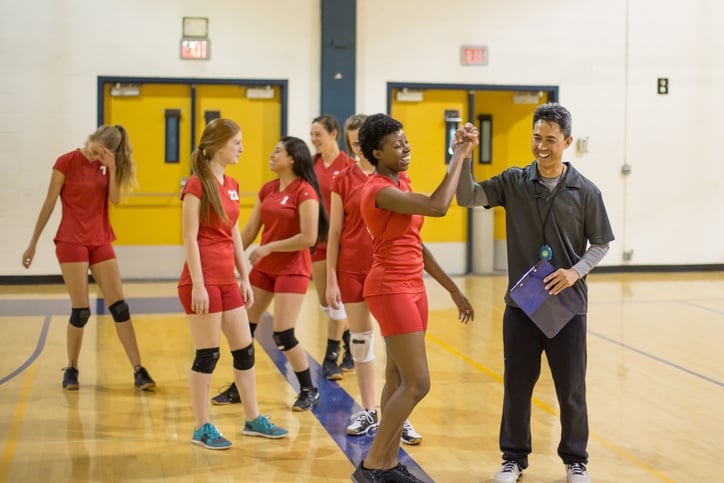 For many adults, memories of physical education class are usually one of two greatly different experiences. For me, physical education was the highlight of my day and was never a burden or stressor in my life. For others,
For many adults, memories of physical education class are usually one of two greatly different experiences. For me, physical education was the highlight of my day and was never a burden or stressor in my life. For others, 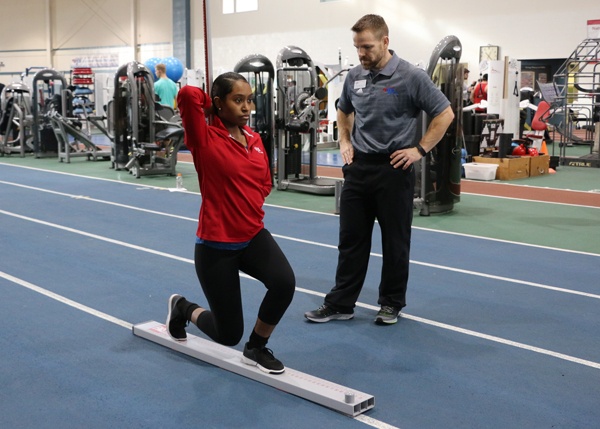 Maximize Your Workout with the Functional Movement Screen at NIFS
Maximize Your Workout with the Functional Movement Screen at NIFS It’s that time of year when millions of people around the world start looking for that next “best” thing to give them the body they have always dreamed of. Aggressive physical challenges, cleanses, elaborate diets that usually involve the removal of a food source (and result in you craving it even more); people will take some drastic steps to help erase the past year of poor nutrition and lifestyle decisions.
It’s that time of year when millions of people around the world start looking for that next “best” thing to give them the body they have always dreamed of. Aggressive physical challenges, cleanses, elaborate diets that usually involve the removal of a food source (and result in you craving it even more); people will take some drastic steps to help erase the past year of poor nutrition and lifestyle decisions.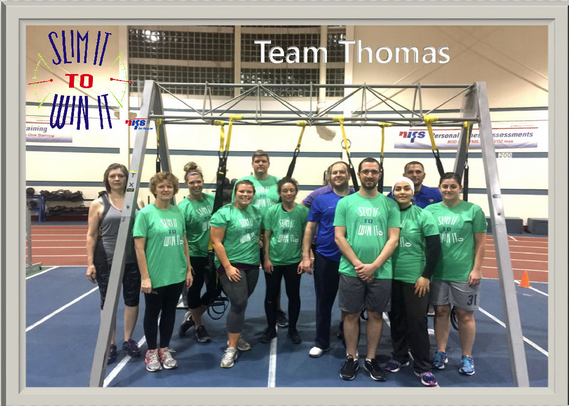 Not Too Easy to Quit
Not Too Easy to Quit
 After the feasting season (Halloween to Christmas) comes the New Year, and for a lot of people this means a resolution. Most people make resolutions to start weight loss, work out more, eat better, and so on; but typically it is some sort of goal to start off the New Year on a healthier note. If you are hoping to have a healthier year, I have some suggestions that will help jump-start your January.
After the feasting season (Halloween to Christmas) comes the New Year, and for a lot of people this means a resolution. Most people make resolutions to start weight loss, work out more, eat better, and so on; but typically it is some sort of goal to start off the New Year on a healthier note. If you are hoping to have a healthier year, I have some suggestions that will help jump-start your January.